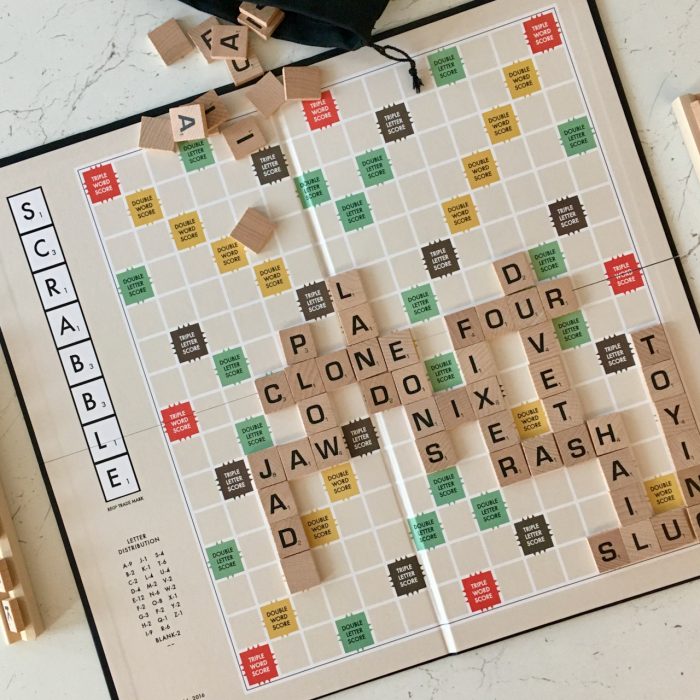
As Covid-19 continues its spread across the land, we are embracing our new existence; only going out when necessary; supporting friends and family in any way we can; doing our part to stay safe and save lives.
Jennifer has spent the last few days cooking meals to freeze; ensuring we will continue to eat healthy nutritious food over the coming weeks.
With schools closing (or, in my case, remaining open for vulnerable pupils and children of key workers) I’ve been editing my calendar for the next four weeks. It is now relatively blank, save for the days that I will be in school. It’s amazing how so many things that were deemed so important have been put on hold or cancelled out right. Now is not the time, but the ‘merits of using external exams as a way to measure learning’ debate should definitely be given its due when things return to normal1
I have set my self a daily schedule for the days I will be working from home and taken the opportunity to reorganise my OmniFocus projects. I have promoted a number of tasks that were on pause until the next school holiday came around.
Also, with a bit of extra time on my hands, I am going to take the opportunity to:
- Run outside once per day. Over the last five months, my schedule has unfortunately inhibited me from running as regularly as I would like. If anything good can come of all this, I can get back to where I was in September – running further and faster than ever!
- Commit to doing more yoga and mobility exercises.
- Update my CV. I haven’t done this since I moved to Hastings to take up my current post.
- Re-read all five parts of the ‘The Hitchhiker’s Guide to the Galaxy’ trilogy. 👍🛸🐬
- Add ‘The Dhammapada’ and ‘Sayings of the Early Christian Monks’ to my daily morning readings. They join ‘Meditations’ and ‘The Pocket Oracle and Art of Prudence’.
- Finish some longer blog posts that have been sitting half written in Drafts.
Most importantly, I am going to use this opportunity to spend time with my wife… cooking and breaking bread together; drinking lots of tea and putting the world to rights; listening to music and playing Scrabble; watching old films; and appreciating how lucky we are to have each other.